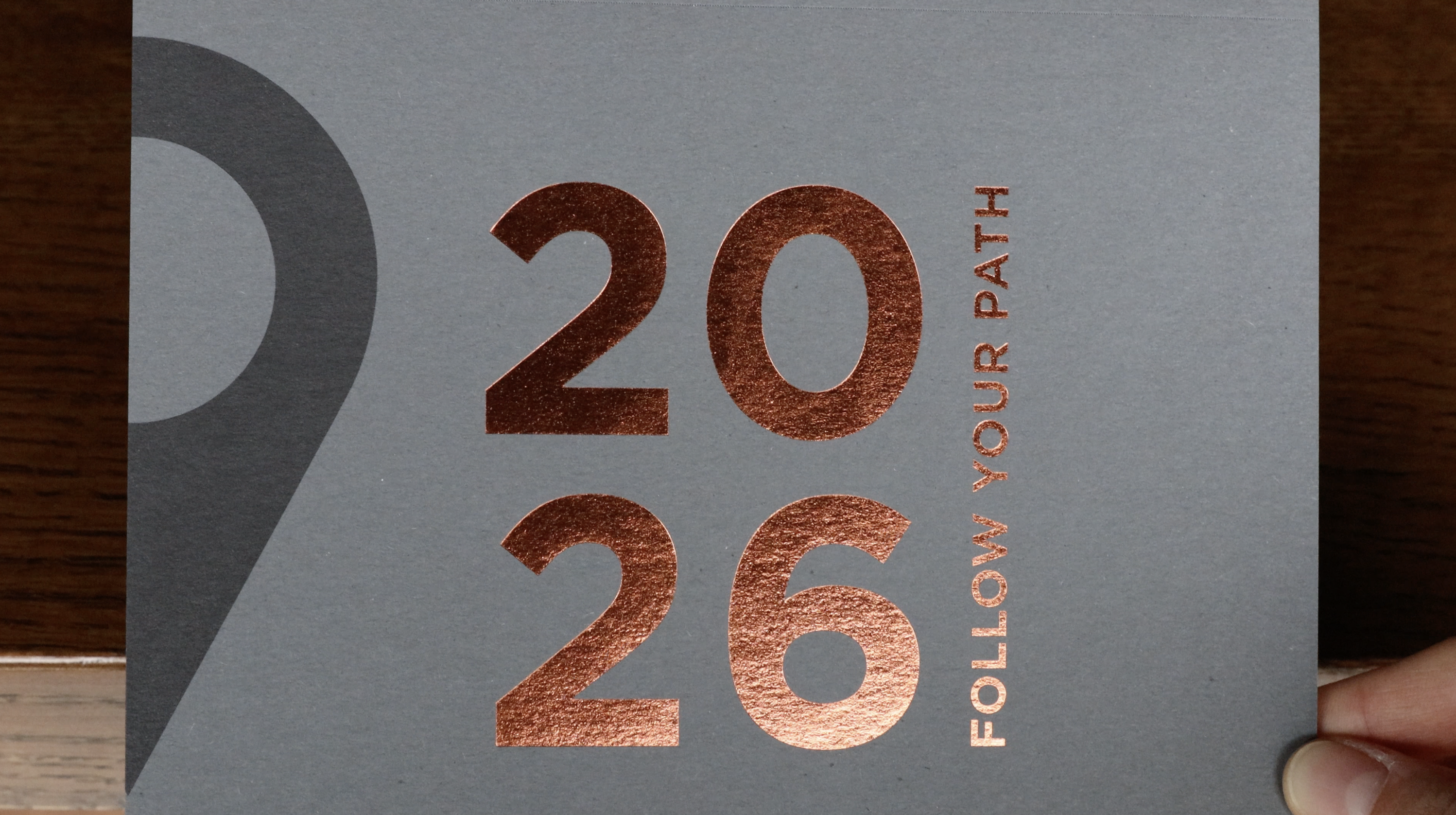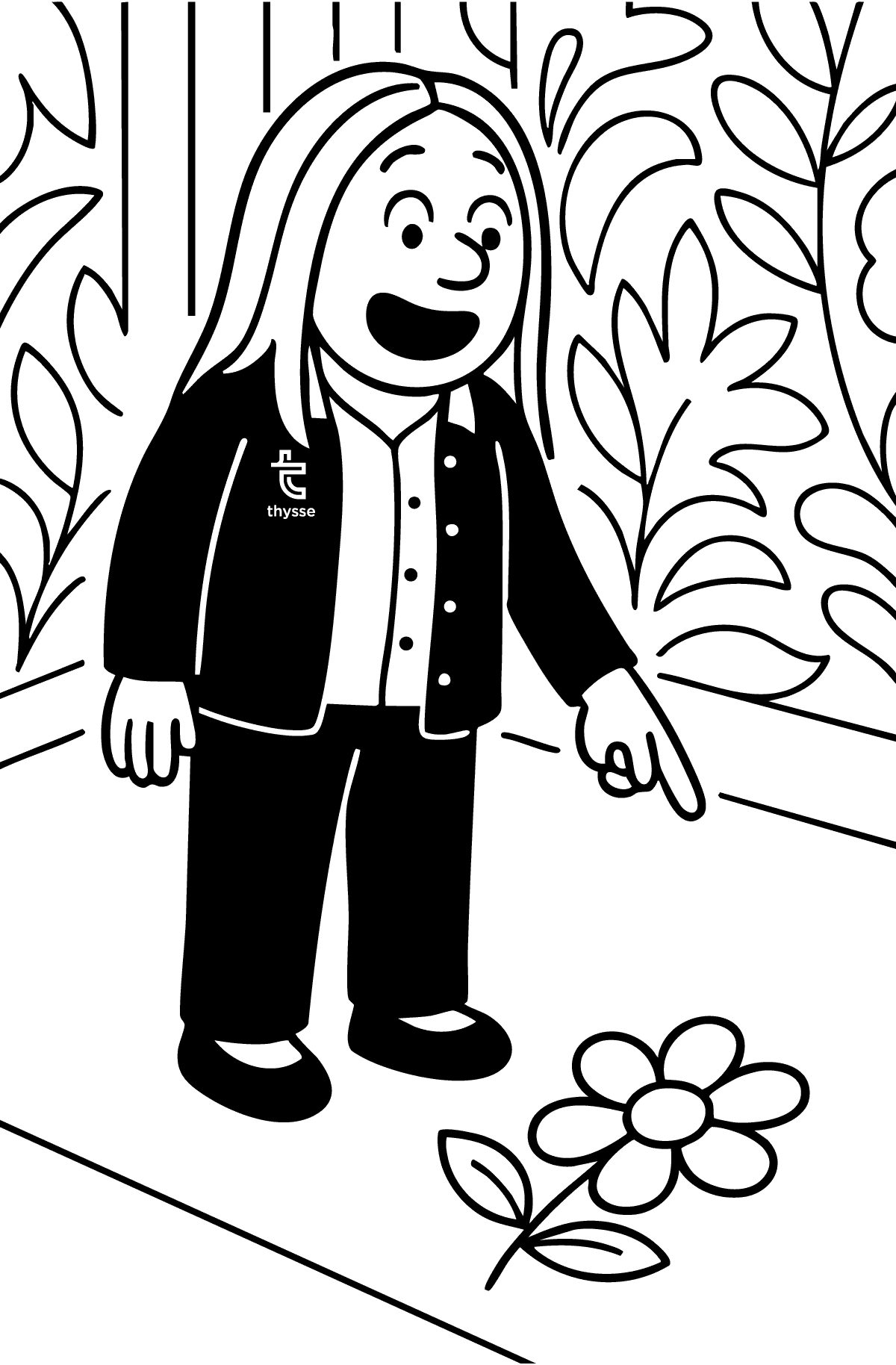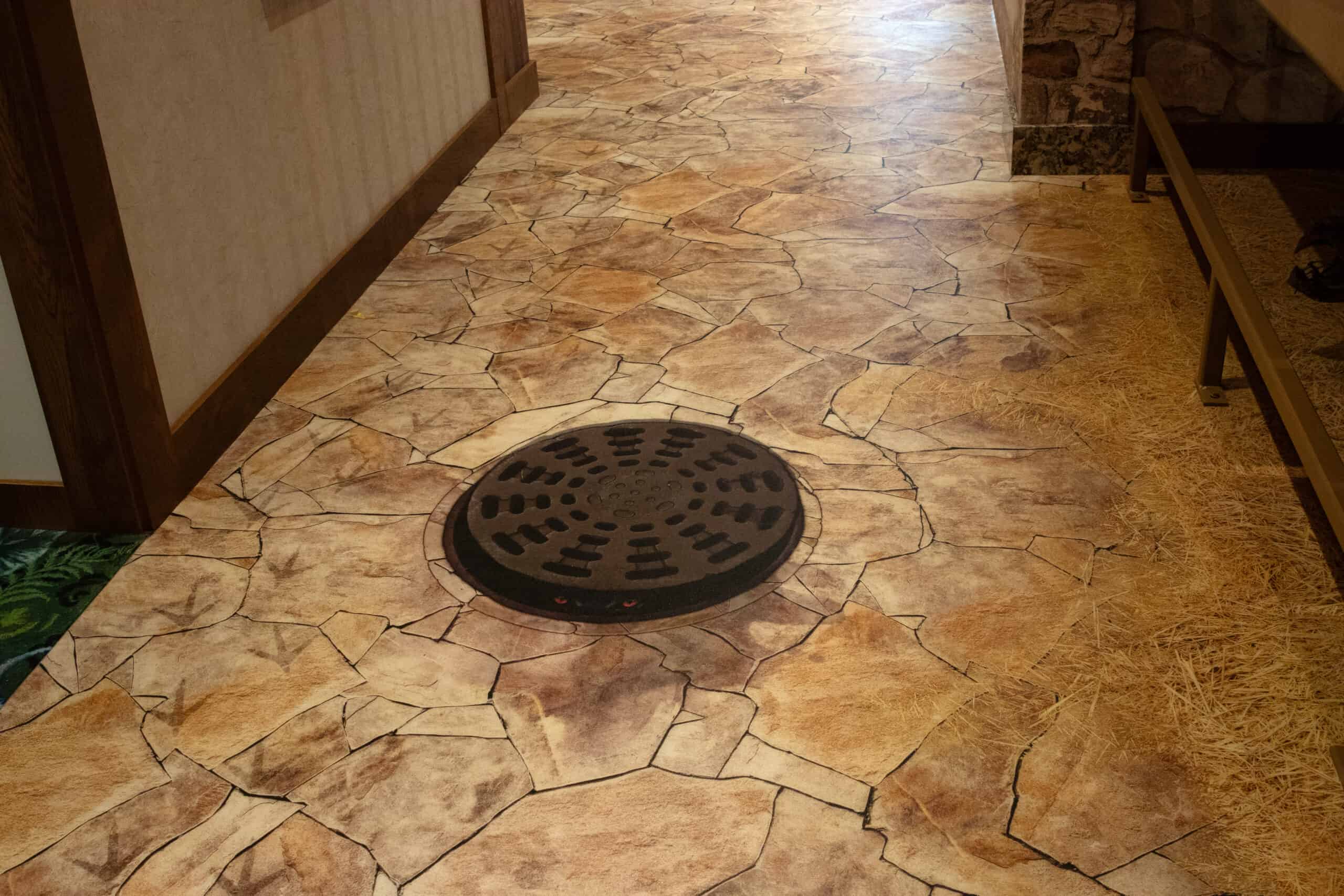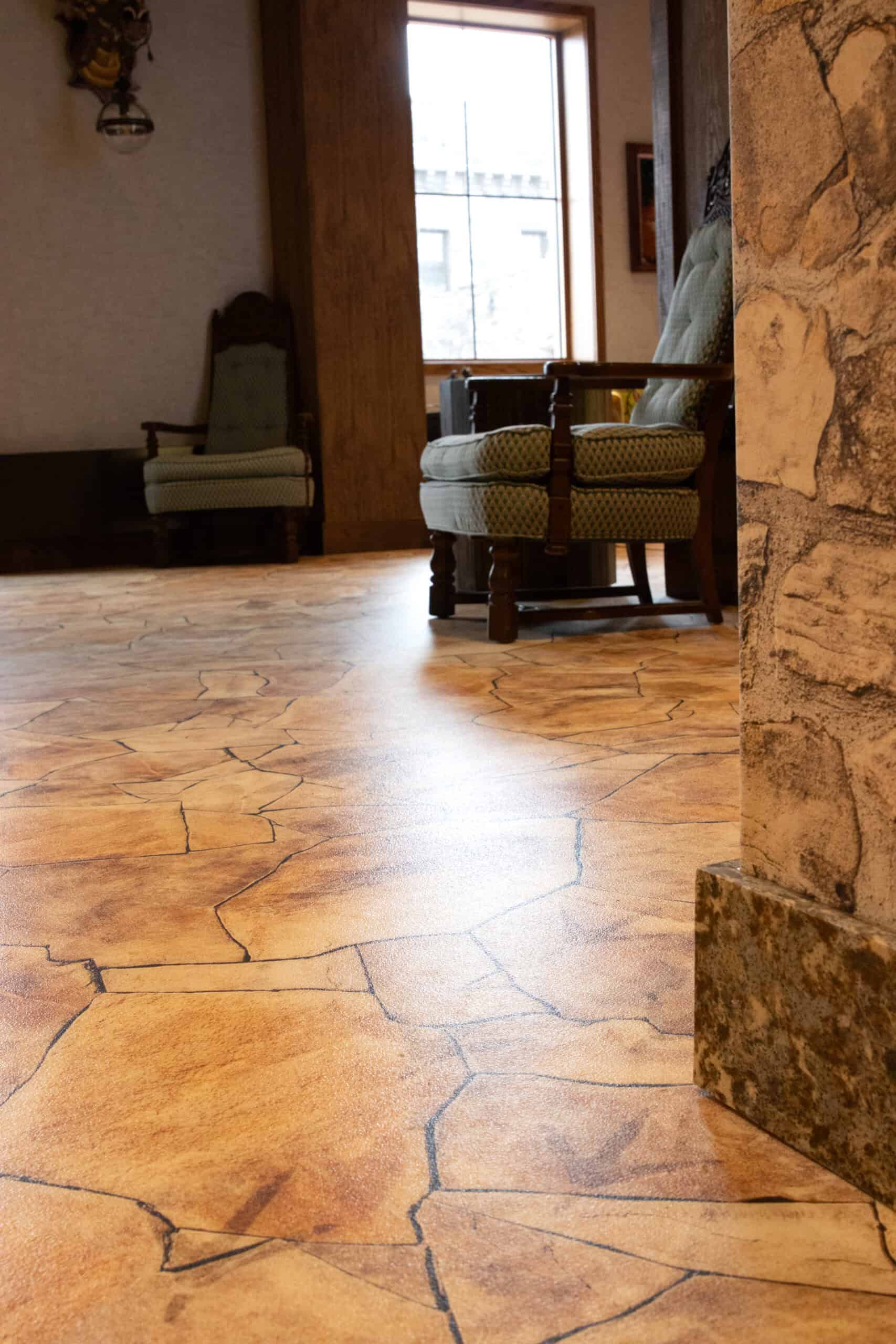
Menu
Menu
Floor graphics are one of the few things we make that people actually walk all over.
They get carts rolled across them, forklifts driven over them, and occasionally someone pauses, looks down, and says, “Wait—was that always there?”
And yet, even with all that wear and tear, the right floor graphic can tie a theme together, help people navigate, improve safety, or completely change the feel of a space—without anyone needing to utter a single word.



It starts with asking the right questions: What kind of surface are we applying to—tile, concrete, carpet? How much foot or vehicle traffic are we dealing with? Is this short-term for an event or long-term for a retail or warehouse environment?
Once we know the conditions, we recommend the right material and laminate to make sure it holds up—and holds on. We also plan for how it needs to come off—some graphics need to last for years, others need to come up clean in a month. Adhesive selection matters.
From there, we prep the files, coordinate install timing, and make sure everything is aligned (visually and literally) before it ever hits the ground.
We’ve done everything from individual decals to full-room floor takeovers—wood, stone, straw (yep, straw). If you can stand on it, we’ve probably wrapped it.
Floor graphics don’t just blend in—they often become the experience.
In retail, we’ve used them to direct traffic, build product zones, and give seasonal campaigns an extra boost. In corporate offices, they help define space without building walls. And in construction or warehouse settings, they handle lane marking, zone ID, and everyday safety.
We’ve even manufactured giant outdoor numbers for shuttle pickups during big events. And since many of these can be installed without a professional crew, clients often handle the placement themselves. That flexibility makes a difference—especially when timelines are tight.
Turns out, the ground’s just as good for wayfinding as the walls. Sometimes better.
People look down. Sometimes to find their way. Sometimes just to avoid eye contact.
Either way, floors are fair game. One of the best parts about floor graphics is that they don’t run into thermostats, fire alarms, or any of the usual wall-mounted surprises. You can deliver a message, reinforce the brand, or point someone in the right direction—without working around a dozen built-in obstacles.
We’ve used them for navigation, safety, product zones, and—yes—an owl nest on an elevator floor. Some are subtle. Some are the first thing people notice. It’s all about what the space calls for. We just make sure it works.
Because we don’t treat floor graphics like an afterthought.
There’s this idea that if you’re stepping on it, it’s somehow less important. It’s not. Floor graphics do real work—guiding traffic, flagging info, reinforcing the brand.
We help clients choose the right material, laminate, and adhesive based on how the space is used and how long it needs to last. Then we proof, prep, and make sure it lands exactly where it should.
It’s one of those details no one notices—until it’s wrong. So we just make sure it’s not.
